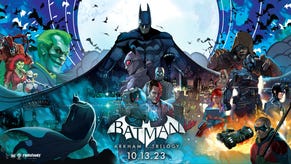TriOviz 3D: Too good to be true?
Assessing the new system in Batman: GOTY Edition.
Last week's release of the Game of the Year edition of Batman: Arkham Asylum saw the debut of the brand new TriOviz for Games 3D system.
Designed to work with PC, PS3 and Xbox 360 on conventional 2D displays, the system promises what developer Darkworks describes as "a high-quality, cutting-edge experience for the console audience without expensive barriers to adoption".
So just how does it work and how good is it?
"TriOviz for Games is the only quality solution that is currently available to every player out there, without the need to purchase further equipment," says Alexis Arragon, product manager for TriOviz.
"By quality I mean a good 3D feeling through an enhanced depth-of-field, dynamically changing according to the player's (or the camera's) point of view, with no colour loss and no impact on performance. Switch on your TV, we support both standard and high-definition sets, put the glasses on and you're ready to go with just an inexpensive pair of glasses."
With the new edition of Batman: Arkham Asylum, two sets of glasses are included in the package. They look just the same as traditional "paper" glasses, just with differently coloured lenses (pink and green as opposed to red and blue). The switch from 2D to 3D is accomplished during the initial calibration phase, or you can turn it on or off manually via a brief journey to the options screen.
The principles behind TriOviz are fairly straightforward. While the final image output from your gaming hardware is being rendered to a flat 2D screen, the consoles themselves are obviously operating internally in 3D. A key component in creating the image is through the use of the Z, or depth buffer. TriOviz operates on the engine level of the game it is incorporated into, extrapolating data from the buffer and then using colour separation to add the illusion of proper depth to the scene.
The concept of colour separation 3D is best known with the traditional red/blue anaglyph system, dating back over 50 years when poor-quality 3D first hit cinema screens. Although its system uses colour separation, Darkworks is keen to point out that there are some pretty big differences.
"Anaglyph is basically mixing a red image with a blue image, each one being shot a few inches apart from the other," explains Arragon.
"We tap into the game engine data to detect the orientation of the camera and we apply the 3D effect based on this plus the depth information available. Because we do not rely on the display mechanism to switch between two images (polarised screen, high frequency flickering), we need a way to display the 3D information, hence the coloured filters on the glasses. We keep this fringing to the minimum so the image still looks good when someone watches you playing, without the glasses."
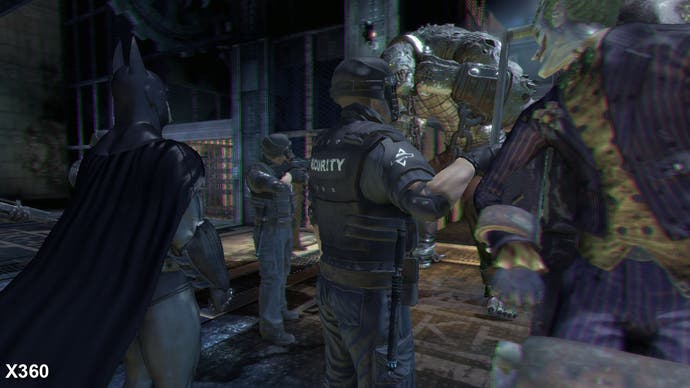
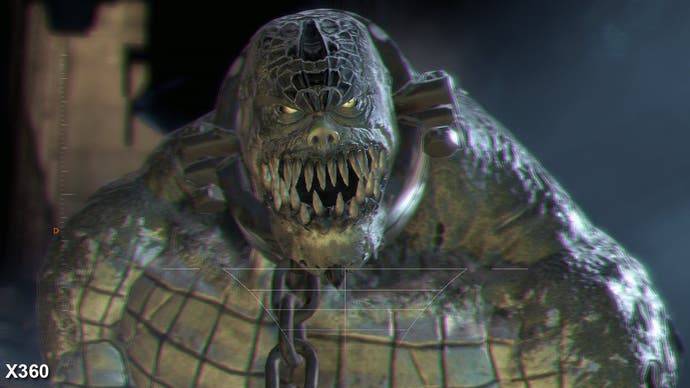
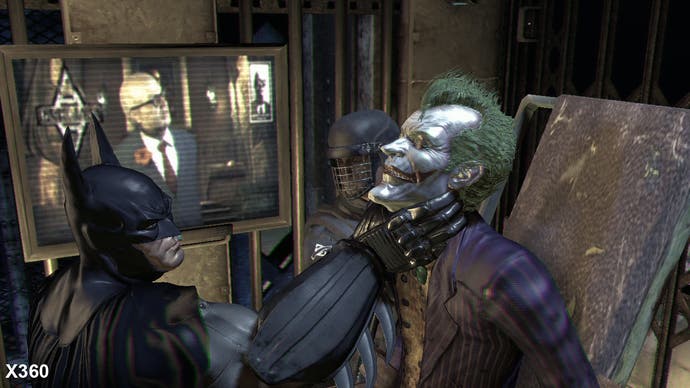

Clearly there's additional processing going on here, which does add to the time taken to generate any given frame within Batman: Arkham Asylum. Having played the game, it's clear that the performance hit manifests in both console versions. However, the PS3 version tears more often than the 360 version even in 2D mode, and the impact to performance is more noticeable with the game running via TriOviz. However, it's still smooth enough and perfectly playable regardless of the host platform.
"The native integration of TriOviz for Games into a game eats up approximately 2ms each frame," reveals Arragon.
"That's below a 10 per cent hit in a 30FPS game. For more technologically-demanding games, there are memory and CPU optimisations to implement to go below the 2ms barrier. One of our prospects successfully integrated our solution in a 60FPS game. Because our SDK works like a shader, there are multiple ways to optimise performances when using TriOviz for Games."
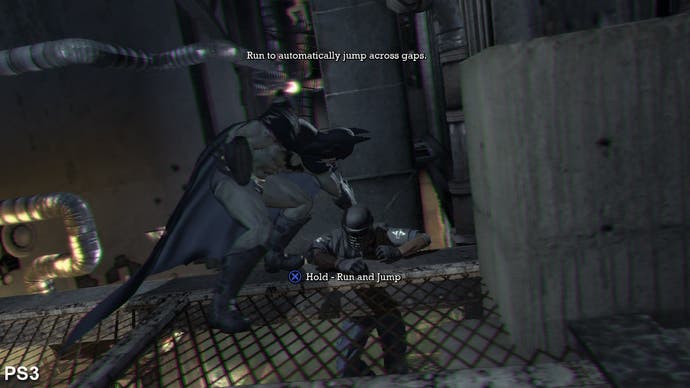
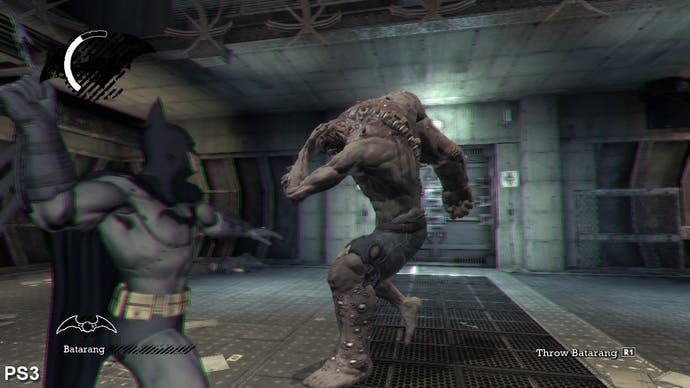
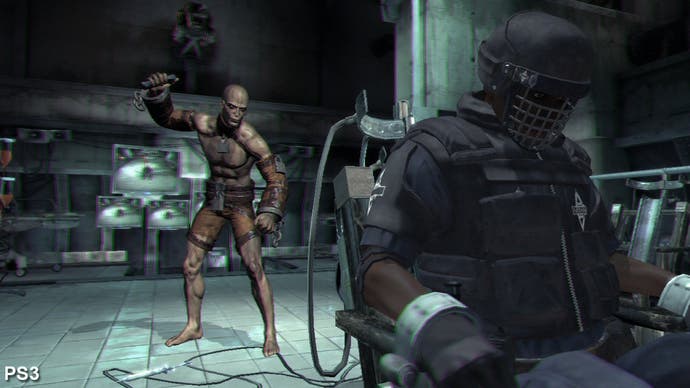

Darkworks says that when Warner Bros. and Arkham Asylum developer Rocksteady saw the TriOviz demo, they were instantly excited by the possibilities.
"Since we started showing this technology to the industry, we've only encountered a couple of instances where people were dismissive," Arragon says.
"The vast majority are impressed by what the TriOviz technology adds, especially based on what it delivers using the equipment that 100 per cent of the players already own. Of course, some publishers and developers get more excited than others, as was the case with Warner Bros. and Rocksteady. It's amazing to be debuting on the market with such a great title."
The developer describes TriOviz for Games as a "straightforward, non-intrusive solution to turn any game into 3D" and reckons that the integration process is quick and painless. Darkworks itself will work on-site "commando-style" to help with the conversion.
"Depending on game engine specifics, the implementation can take up to a week to complete: meaning tapping into the codebase, getting the effect to work at its best in 100 per cent of the game, optimising the colours if it's required and adding a bit of polish here and there," Alexis Arragon reveals.
"Our team is available to come on site, do the integration and teach someone at the developer's side how to deal with 3D. It's like learning a new language in a couple of hours; the mastery just comes with a bit of experience. Then we make ourselves available for support through email, phone or even commando operations before submission."
The notion of repurposing the depth buffer for a stereo 3D style effect isn't new. Indeed, at the recent GDC event Sony revealed plans to adapt and improve this basic concept in order to allow more PS3 titles to transition into full stereoscopic 3D for the forthcoming launch of its dedicated sets (more on that in a future Digital Foundry post). Support for the so-called "2D plus depth" system is also a part of the new 3D-based HDMI 1.4 protocols.








